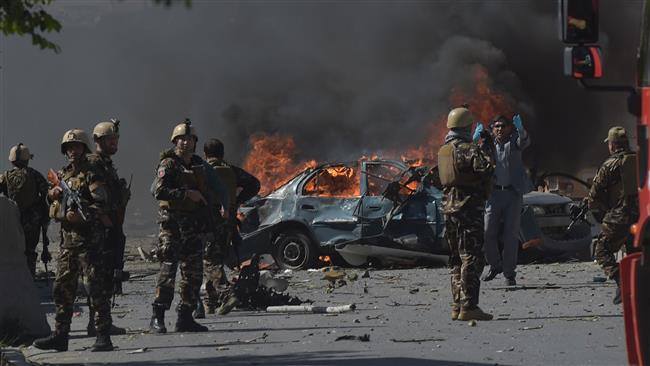Kabul, Afghanistan — The Taliban now control more territory than they ever did since 2001 and the U.S. led intervention.
According to the quarterly report of the Special Inspector General for Afghan Reconstruction (SIGAR), the Kabul government and its international partners directly control or indirectly influence only 55.5 percent of Afghanistan’s districts. The Taliban control or influence 12.5 percent of Afghanistan’s districts, a considerable increased from the previous 7 percent in 2015. Equally important, 1/3 of Afghan territory is a contested area.
SIGAR presented the report to the U.S. Congress to examine the progress of what has become America’s longest war — a crucial process given the amount of blood and money that has been poured into the conflict.
According to the report, controlling a district means the complete ability to run and govern it; whereas influencing a district means that one side has the upper hand but doesn’t have complete authority.
SIGAR first began observing the district control levels in late 2015. In November 2015, the Afghan government controlled 72 percent of the districts. The current percentage is the lowest since the tracking began.
Secretary of Defence James Mattis, however, came to the defence of the Afghan war effort. “The Afghan lads are doing the fighting, just look at the casualties, over 1,000 dead and wounded in August and September, and they stayed in the field fighting,” he said.
“It is working from our perspective, but what is heartbreakingly difficult to accept is that progress and violence can be going on at the same time,” added Mattis.
“The Taliban don’t want peace, because they think they can win the war. If it goes on like this, they are going to win,” said Governor Abdul Hai Nimati, the governor of Baghlan province, north of Kabul.
There are currently around 15,000 U.S and NATO troops deployed in Afghanistan to advise, train, and assist the Afghan National Security Forces (ANSF). According to General Joseph Dunford, the Chairman of the Joint Chiefs of Staff, the situation hasn’t worsened too much since 2013, when troops numbers reached 140,000.
“This is about making incremental progress over time,” said General Joseph Dunford.
But the situation hasn’t improved, either. ANSF are bleeding numbers: they are short of 40,000 troops, for instance.
The report comes in the wake of an insider attack that killed Gen. Abdul Raziq Achakzai, Kandahar’s senior police and intelligence chief, and wounded two Americans. General Scott Miller, the Commander of U.S. and NATO forces in the country, was only feet away from the dead and wounded.
President Donald Trump has stressed that Afghanistan will be secured. But how?










COMMENTS
You must become a subscriber or login to view or post comments on this article.